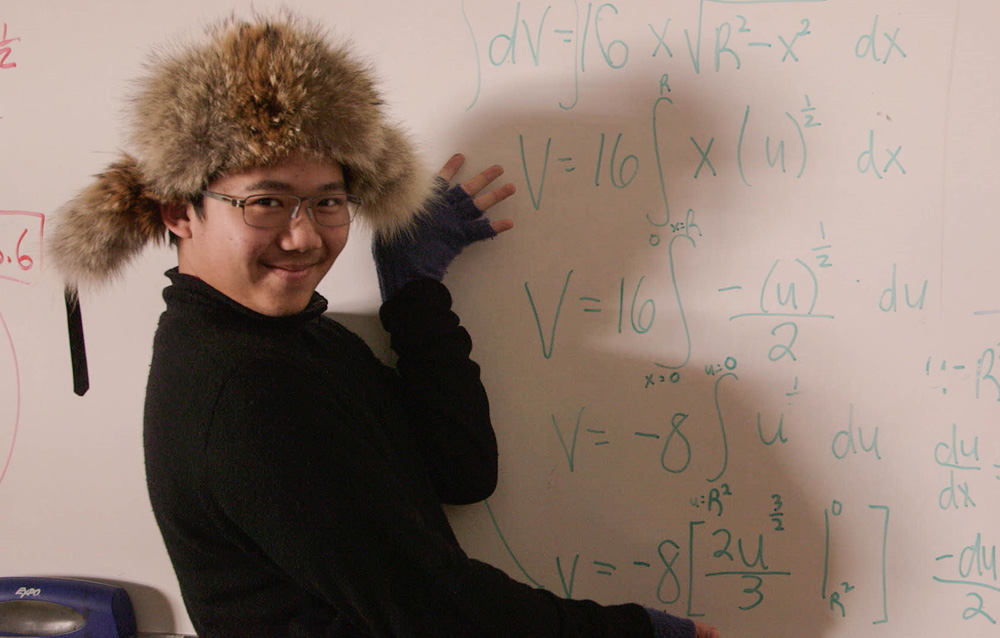“I need to go to one of the top 20 colleges, otherwise I’m not going to be doing anything significant,” says Shea, a junior at San Francisco’s Lowell High School in “Try Harder,” looking at his future as a trail of dominoes that he hopes will culminate in working towards meaningful work towards combating climate change. At most places, he would probably believe he’s got a good shot with a well-above average GPA and 1500 on his SAT, though being 100 points away from a perfect score is cause for concern, particularly at Lowell, a school that proudly brandishes a banner out front listing it as one of U.S. News and World Report’s best high schools in the U.S.
You have no doubt that Shea is smart and well-educated, as are any of the students that director Debbie Lum introduces you to in “Try Harder,” regardless of their GPA. But you wonder whether they’re learning the right things when their high school experience is consumed by the goal of getting into a top university, with time marked not with traditional milestones like school dances and class projects but application dates and acceptance and rejection letters. Less than a half-hour drive from Stanford, the prestigious school couldn’t feel any further away from students at Lowell, where the insidious rumor has spread that its predominantly Asian-American student body has made it unattractive to offer spots at the school when admissions officers believe they’re “AP machines” no different from one another. Whether it’s true or not, the fact it’s being bandied about like word of a popular couple breaking up is indicative of how conscious Lowell kids are of the admissions process, with students said to gradually change the college-related apparel they wear from Ivys to UCs as they start to lower their expectations.
“Try Harder” can’t help but be joyful around such bright young things, but Lum slyly dresses down the process for what it is, putting undue pressure on teenagers to believe the colleges they get into will determine their entire lives and that like the tests employed to gain entrance, the applications can only tell so much about any given student making any evaluation specious at best. The director doesn’t make the same mistake in following a handful of Lowell seniors, giving a double meaning to the film’s title when she invests the time to properly get to know such students as Alvan, Rachael and Sophia, who radiate intelligence, among other qualities that may or may not show up on their applications. It’s telling that an introduction to the campus is made by Ian, who talks about how any illusions he had of attending Stanford were shattered when he realized he wasn’t keeping up with “the best of the best” in high school and while his grades may not reflect it, you suspect this early self-awareness may take him further in life than peers who obsess over their GPAs and are harder on themselves than anyone else ever will be.
Notably, Lum resists putting anyone in a negative light – not any of her driven main subjects, nor the class valedictorian who she playfully portrays as an elusive figure throughout when his accomplishments seem unattainable for anyone else, or any of the parents who make cameos and insist on letting their kids find their own way rather than putting any additional stress on them. However, “Try Harder” quietly reveals a villain in a process that creates so much anxiety because of how opaque it is and how what can’t be known about the students from their applications likely leaves certain assumptions based on race, geography and other factors that the students have no control over to fill the void in making decisions about their future. Still, as much as they are made to fear what’s coming, the opposite is true from being around a group this impressive in so many ways that can’t be measured and in acknowledging that, even when it might not be by the school of their choice, “Try Harder” succeeds with flying colors.
“Try Harder” will screen at Sundance on January 31st, available for a 48-hour window.




